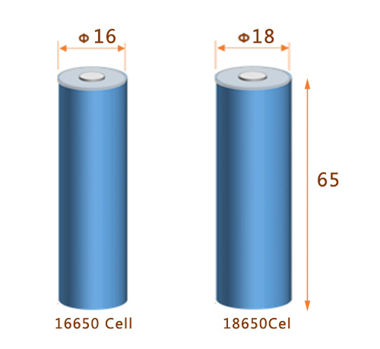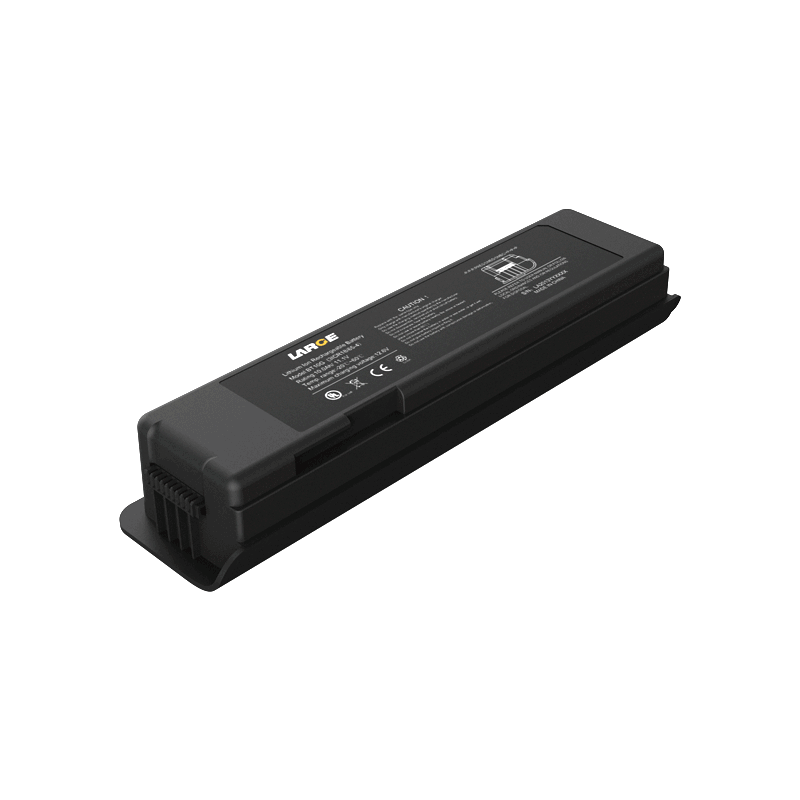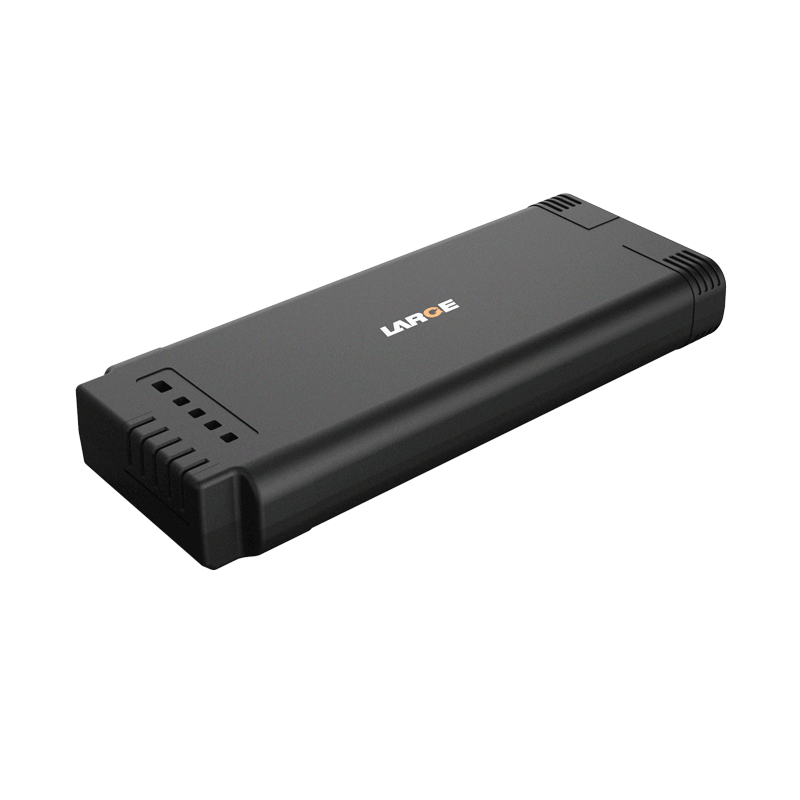16650 Battery Vs 18650 Analysis
Sep 08, 2020 Pageview:16948
The Lithium-ion battery technology is growing so fast that sometimes it gets hard to keep track of all the different sizes. Well, if you go through the list then you will be amazed to know how many types there are of the lithium-ion battery. From various shapes, sizes, to the purpose of use, the battery types are divided into various different categories.
Here, we are going to learn about the 18650 and 1650 battery types and analyze how they are different from each other. So, let's begin.

After reading this article, if you still want to know more about 18650 battery, you can enter in: Battery Type 18650: Battery Type 18650: Introduction, Application, and Performance.
And if you want to read more about this comparative analysis of 18650 batteries, you can enter in: 18650 vs 21700 Battery-Definition, Differences, and Applications.
Is 18650 Battery The Same As 16650 Battery?
Some people might think that the nomenclature of the battery types is a general thing that they can ignore. But the nomenclature is a standard defined system so that the users can identify the right size and type of the battery.
The standard system states that most of the lithium batteries are assigned names according to their diameter, length, and shape. So, when you see the number 18650, the "18" is the diameter, "65" is the length, and 0 means that the shape of the battery is cylindrical. This means the 16650 name of the battery type has 16 as diameter, 65 as length, and the same 0 that signify that the shape of the battery is cylindrical.
So, if someone asks you if the 18650 battery and 1650 battery is the same or not, you can tell them the difference. But when it comes to using, both these batteries are rechargeable lithium-ion batteries. And the 16650 type is simply a narrower version of the 18650 cells that are designed & manufactured by a company like Sanyo.
What Is The Difference Between 16650 Battery And 18650 Battery?
The 18650 cell type is commonly used in many laptop batteries, cordless power tools, electric scooters, and even in certain electric cars. They can typically provide 1500 to 3500 mAh of capacity.
The 16650 cells are designed as a replacement for the CR123A battery type. This type of lithium-ion cell measures only a few mm shorter than the 18650 cells. It can fit properly in the CR123A flashlight. The basic characteristics of both these types are enough for the consumers to understand the differences.
18650:
The 18650 battery type comes in two variants, the first one is protected and the second one is unprotected. They have the usual electronic circuit which is embedded in the cell packaging in the case of protected ones. The protected batteries are mostly recommended for use as they protect the cell from overcharge, heat, and over-discharge.
Like any other rechargeable battery, 18650 also has a limit on the number of times it can be recharged. However, the good thing is that the 18650 battery type can be recharged from 300 to as many as 2000 times which is more than enough. A battery will have specific information listed on the packaging that involves:
· Protected mode to ensure that the cell has protection against overcharge and overdraw.
· Peak or optimal voltage for the battery.
· The capacity of the battery in mAh.
· Low self-discharge rate which means that it can hold the charge as long as possible.
These batteries can be used for flashlights, electronics, laptops, vaping, and some electric vehicles as well.
16650:
At the start, you need to know that this battery type is typically available for use in flashlights only. Most people use it as a replacement for the CR123A battery type. So, you should keep this in mind that 16650 batteries are not just different in size, it has a slightly higher voltage as well. And hence, it could affect your flashlight's performance. It has the same effect as two CR123A batteries. It offers the same power, i.e. 3.7 V as that of the 18650. And this battery type can be used for a long term than their counterparts CR123A.
One single cell generally weighs around 40 grams and offers a nominal capacity of 2400mAh which is very low than that of 18650.
As you can see, apart from the same length and shape, both the battery types don't really have anything in common.
Are 18650 Batteries Interchangeable?
Some consumers think that it is possible to use the same physically interchangeable cell size that has different characteristics. But everyone must understand that physical interchangeability is not the sole factor that would allow you to use another battery as a substitute.
The thing with physical interchangeability is that people think that just because a cell fits in the device, it will work fine. And up to an extent, the concept is applicable. All cylindrical cells have a typical positive terminal nub and a flat negative terminal. But the point to consider is that the two different cells of the same nominal size such as 18650 may have different diameters in case they are designed and manufactured by different companies.
And this factor leads to the incompatibility of the cells with the devices. So, it can be said for sure that the 18650 cells are not interchangeable. You can change the cells only if they are manufactured by the same company and they have the exact same specification as that of the cell that you are currently using. Otherwise, it is advised not to attempt the interchanging of the cells in any device.
As the Lithium-ion battery type list keep on increasing, it is necessary that you have a basic knowledge of the type and follow the guidelines for their use as well.
- Prev Article: Lithium-Ion Battery Weight Per KWh
- Next Article: Lithium Ion Battery Maintenance
Leave Message
Hottest Categories
-
Hottest Industry News
-
Latest Industry News












